Quilting
Why You Should Be Spinning Seams in Your Quilts
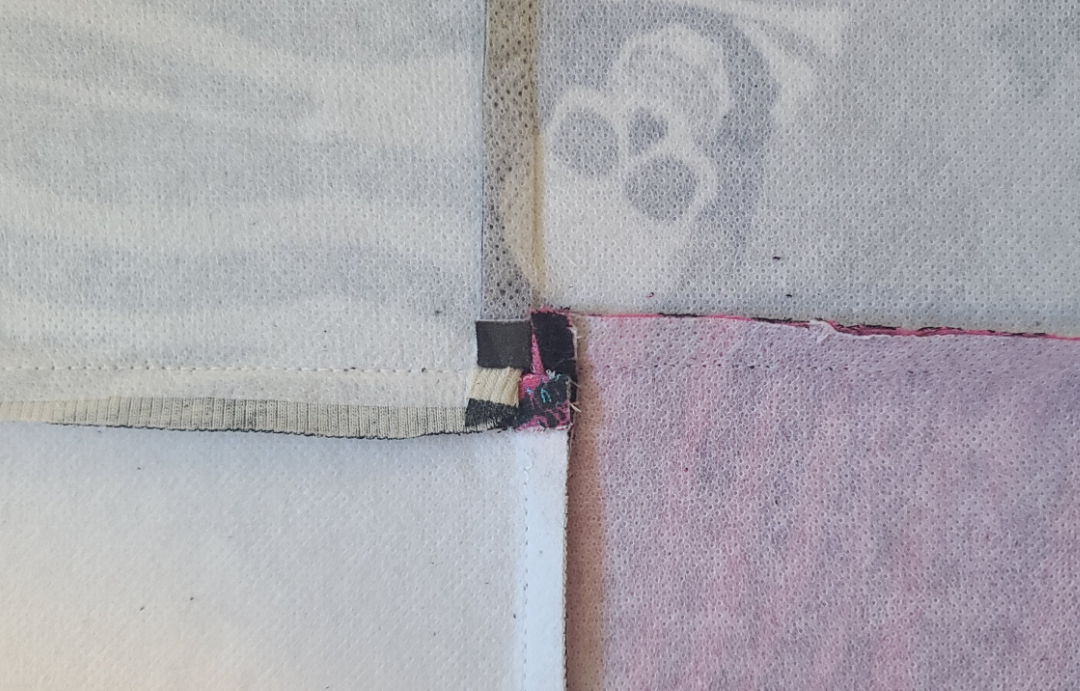
I think spinning seams is worth the effort; not only because you get flatter blocks, but because it also reduces the tugging and stretching that can happen when working with longer rows. I also like how you can visually see your quilt coming together better, which makes you less likely to accidentally skip blocks as you chain piece.
If you get annoyed when your quilt blocks won’t stay flat, you need to try spinning the seams. In this post, I’ll show you how easy it is to do, whether you’re working with multiple four-patch units or a combination of quilt blocks.
How to Spin Seam Allowances
Step 1: Layout the Four Patch Squares
Spinning seams works best when attaching four squares together. Lay them out on a table the way you want them to be sewn together.
Here is a photo of the squares I will be sewing together:
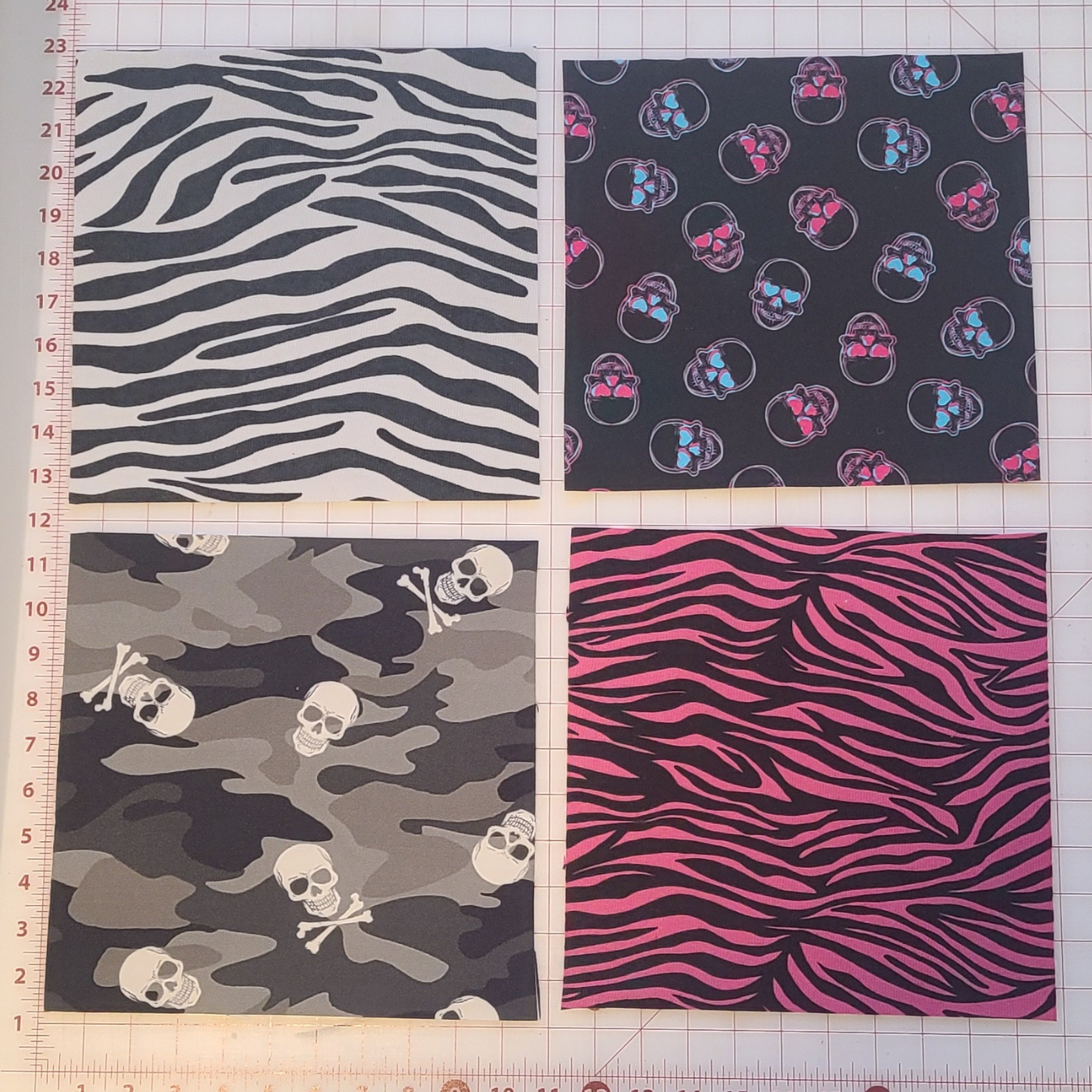
Step 2: Sew the Blocks into Two Units
Attach a ¼” presser foot to your sewing machine or use a magnetic seam guide to ensure your quilt seams remain consistent. Then, sew the top two squares together, ensuring that they meet up right sides together. Do the same for the bottom two squares.
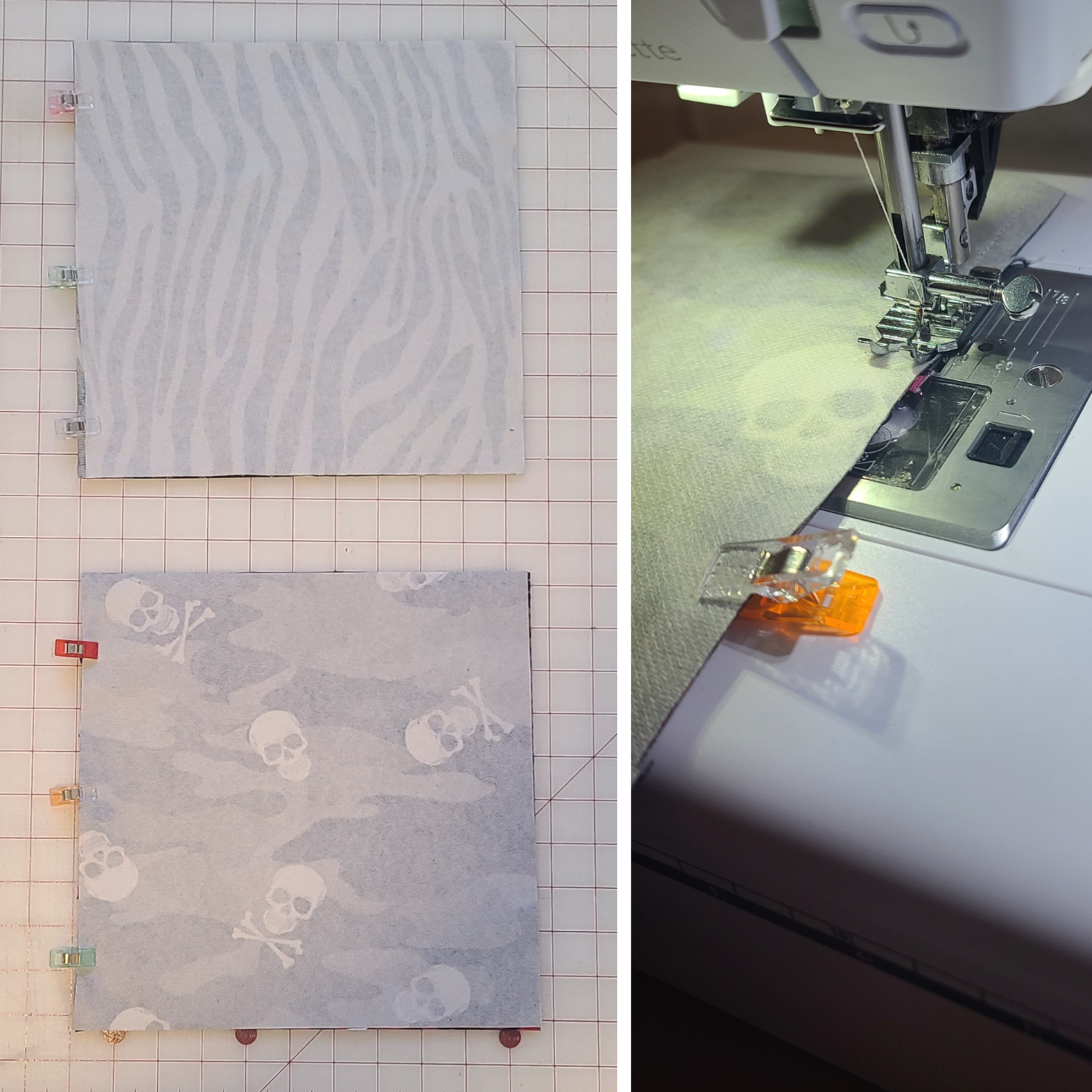
Step 3: Press the Seams in Opposite Directions
Before sewing the top unit to the bottom unit, press the seams so that the top unit goes to the left and the bottom unit goes to the right. This will allow you to easily nest the seams so the intersection matches up nicely.
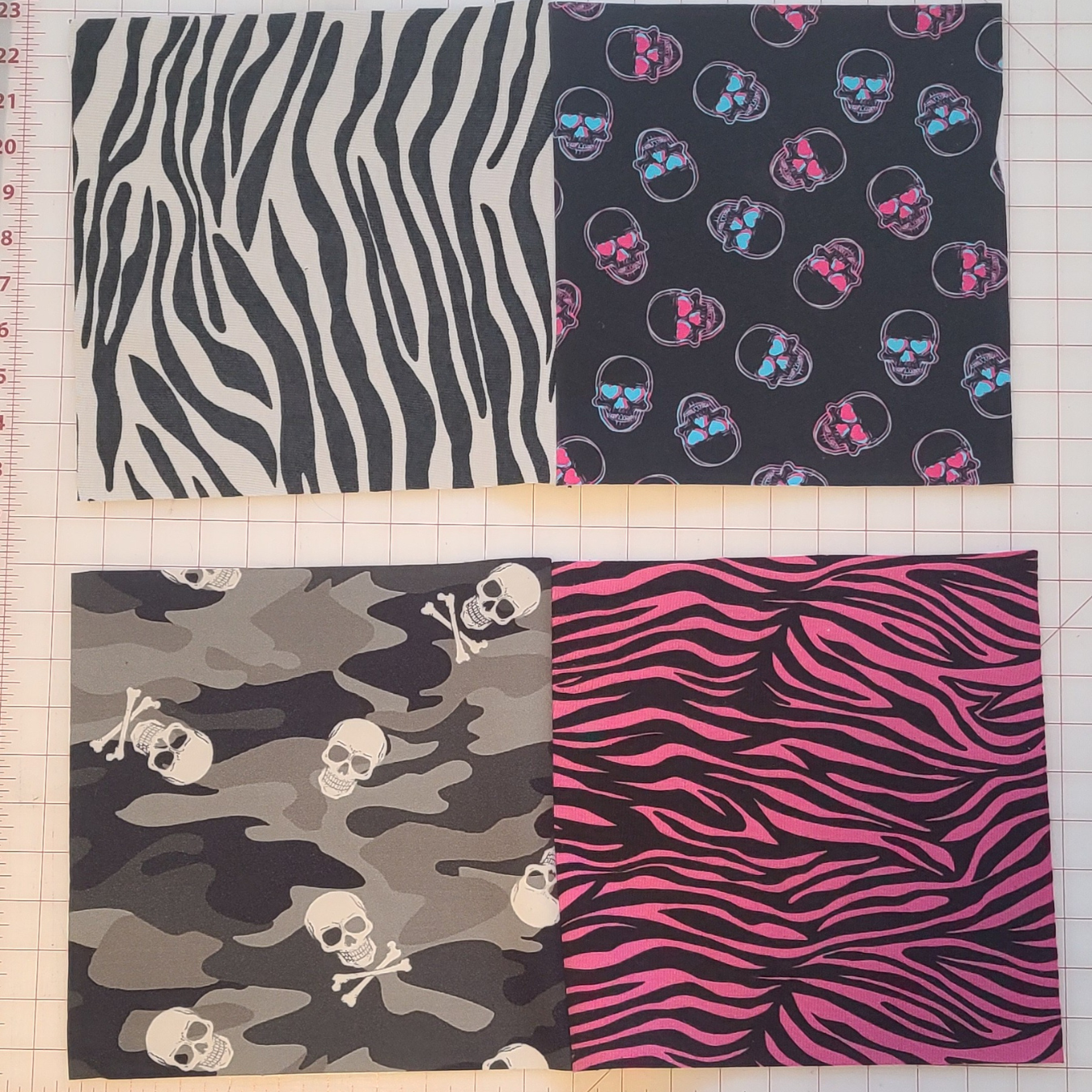
Step 4: Sew the Units into a Four Patch
Place the two units right sides together, confirming that the previously sewn seams match up and nest together. Place a few pins to prevent shifting and then sew along the edge.
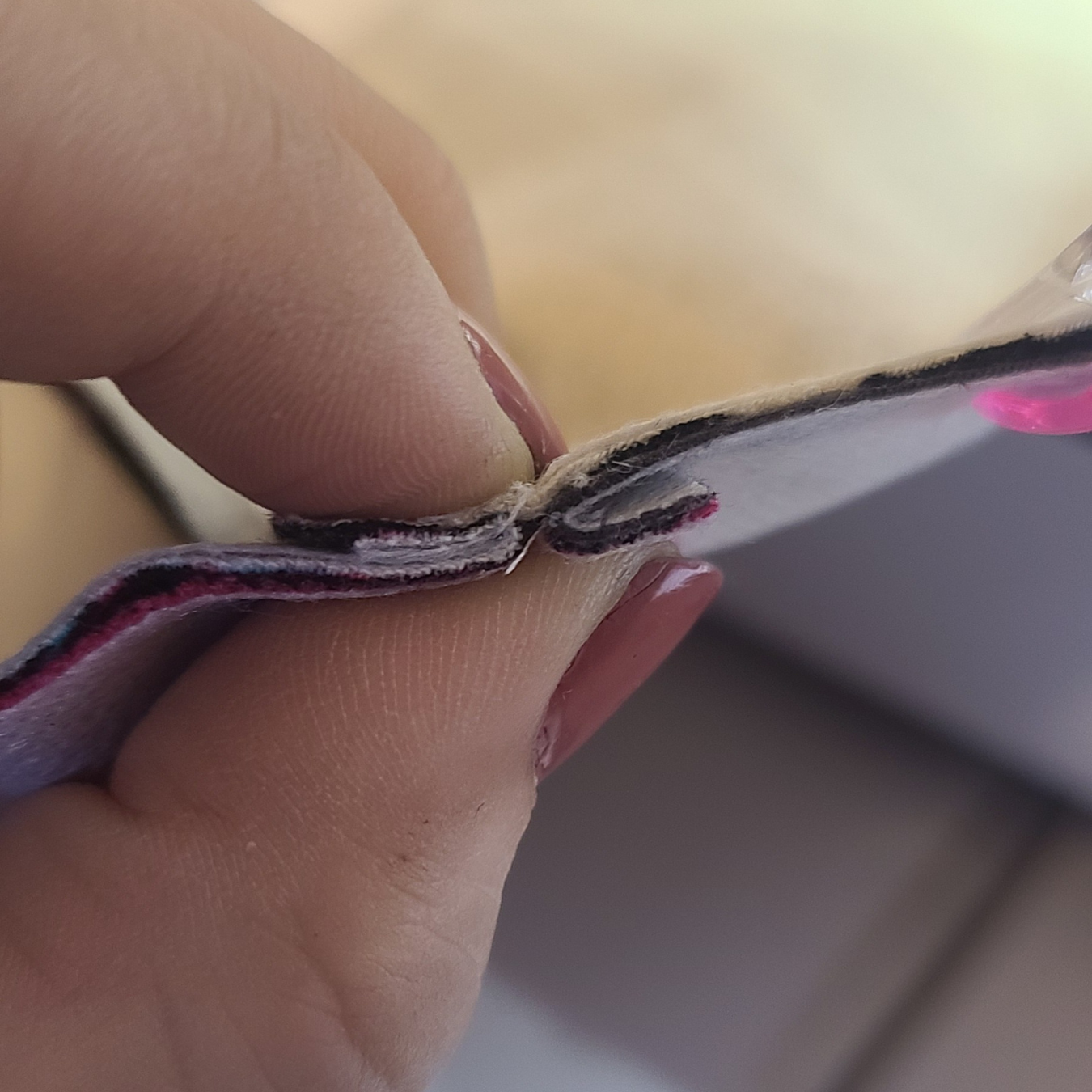
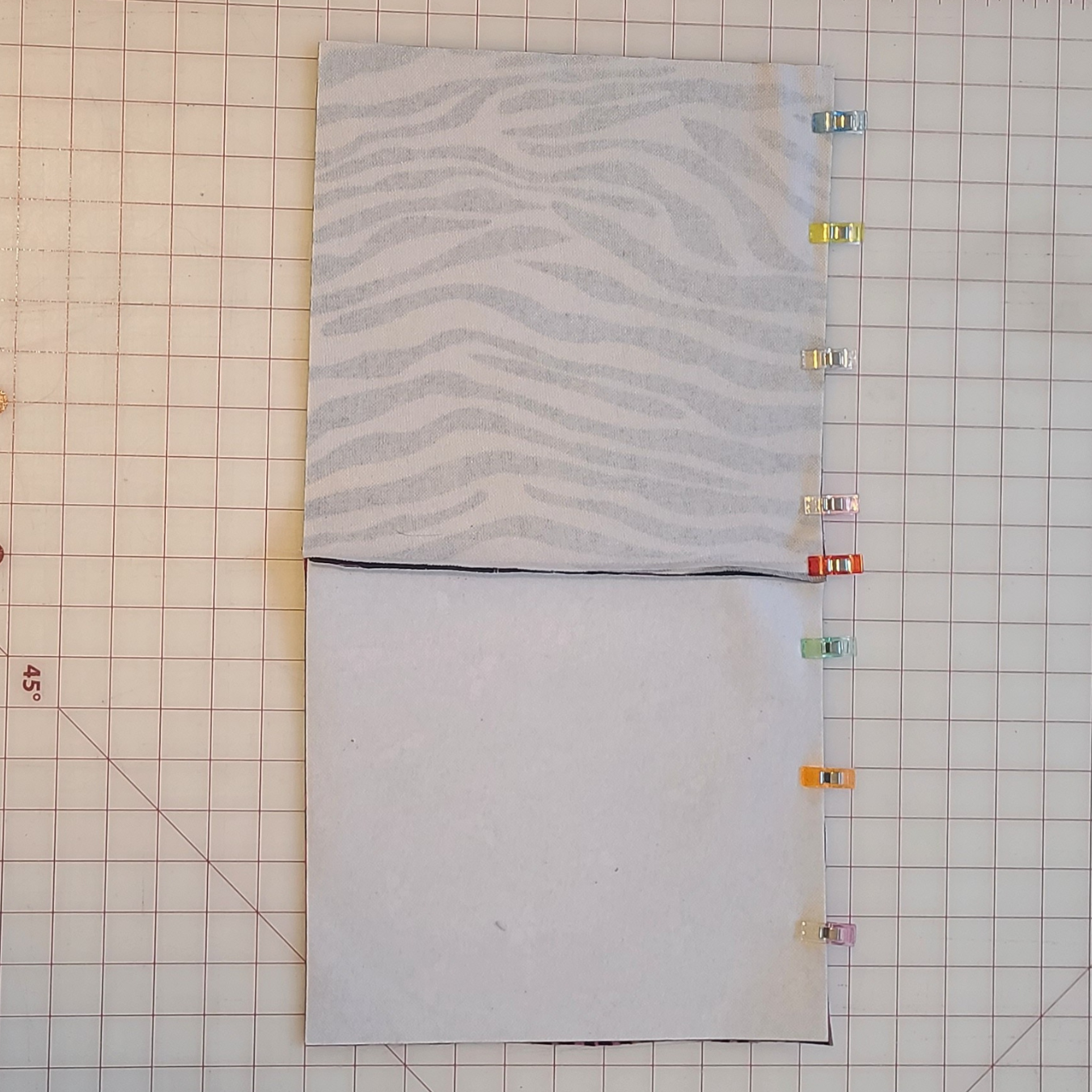
Step 5: Unpick Stitches in the Seam Allowance
In order to spin your seam allowances, you need to remove some stitches. This is why spinning seams takes a little more time than just pressing. Carefully unpick the small row of stitches in your seam allowances that are adjacent to the row of stitches you just made. You need to do this on both sides of the quilt unit. It frees the seam allowance for spinning. Be careful not to remove more stitches than necessary.
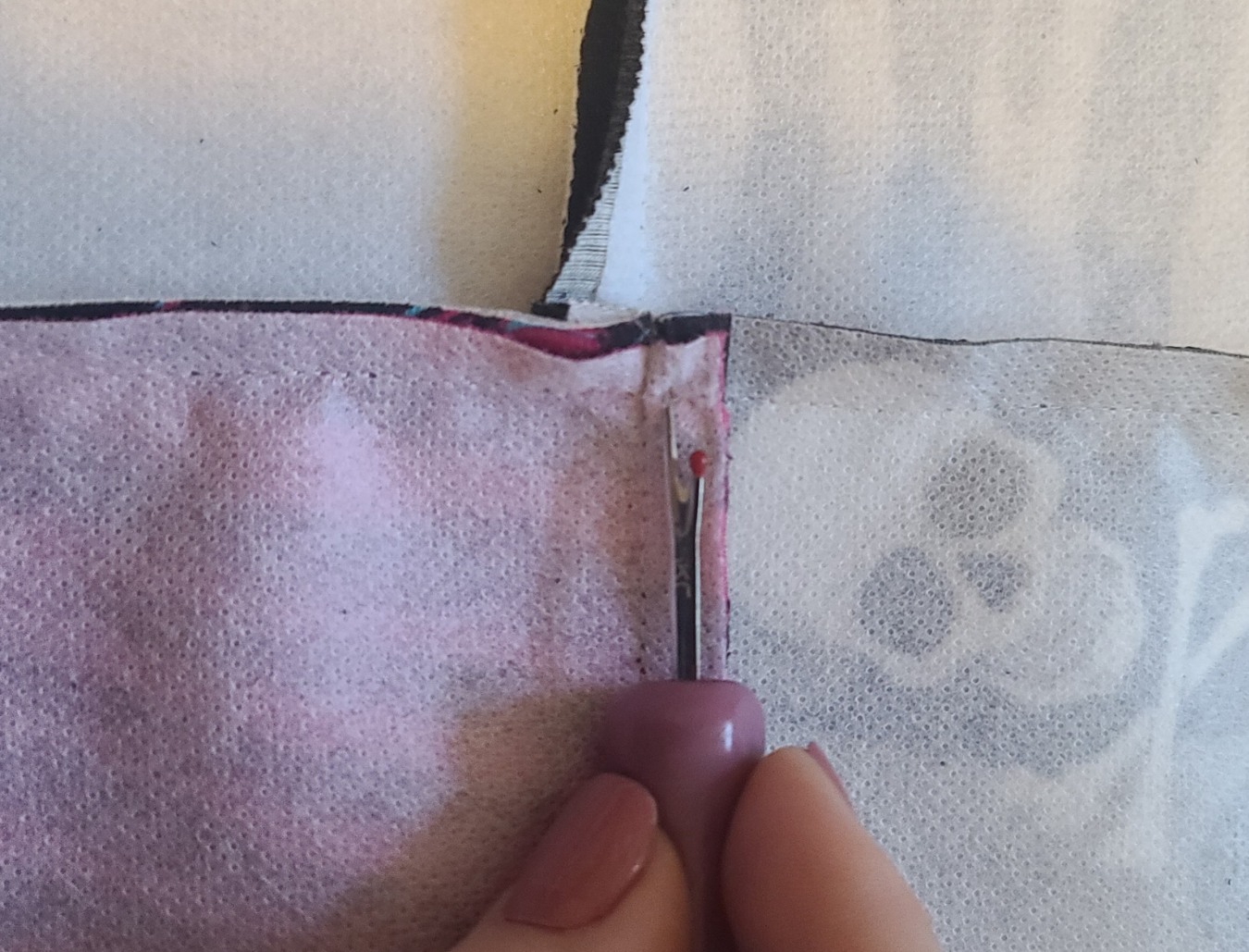
Step 6: Spin Your Seam Allowances
Open your four-patch quilt block, face down on your pressing mat. Then, press all the seams in a clockwise formation. They should naturally fall this direction. Press and set the seams with a clapper.
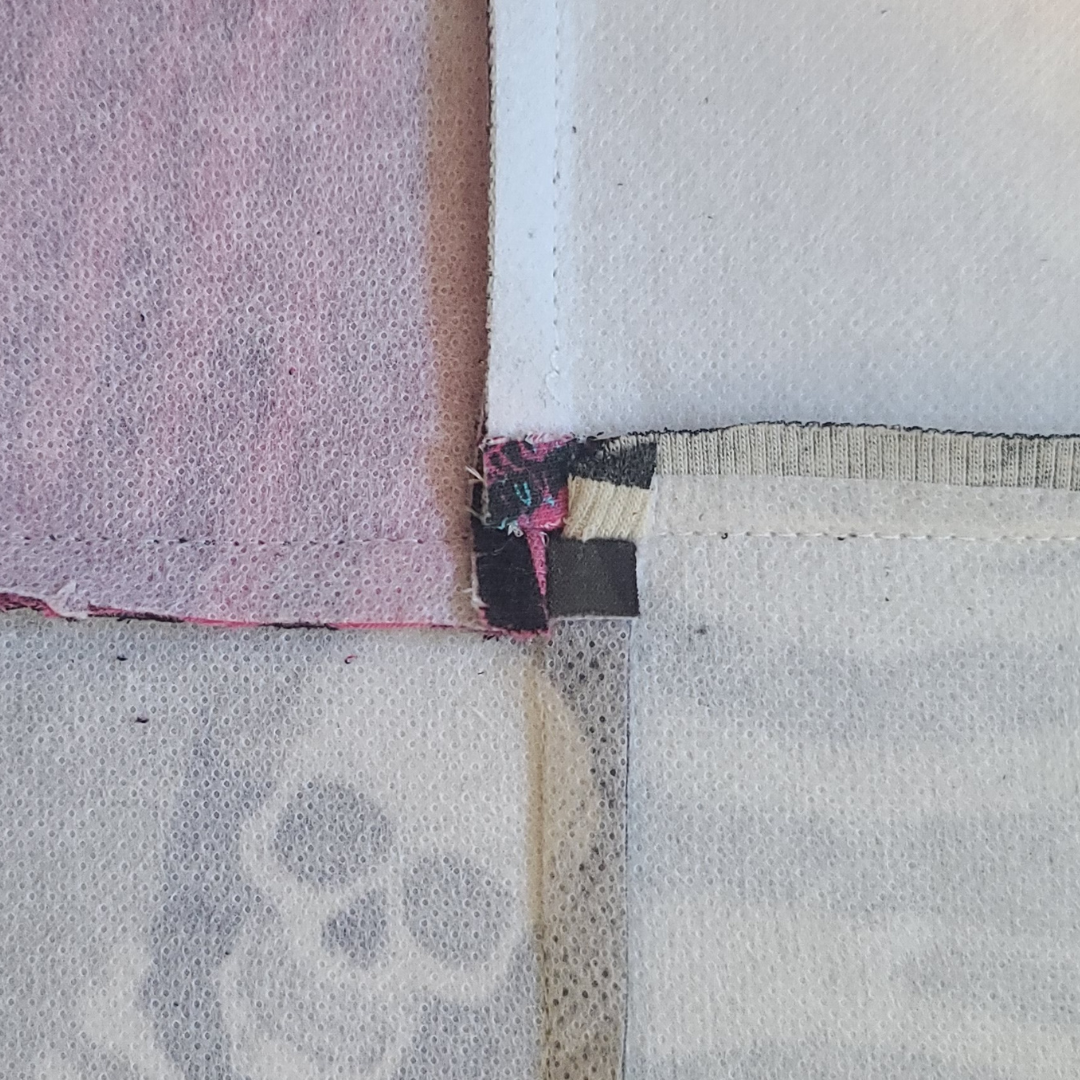
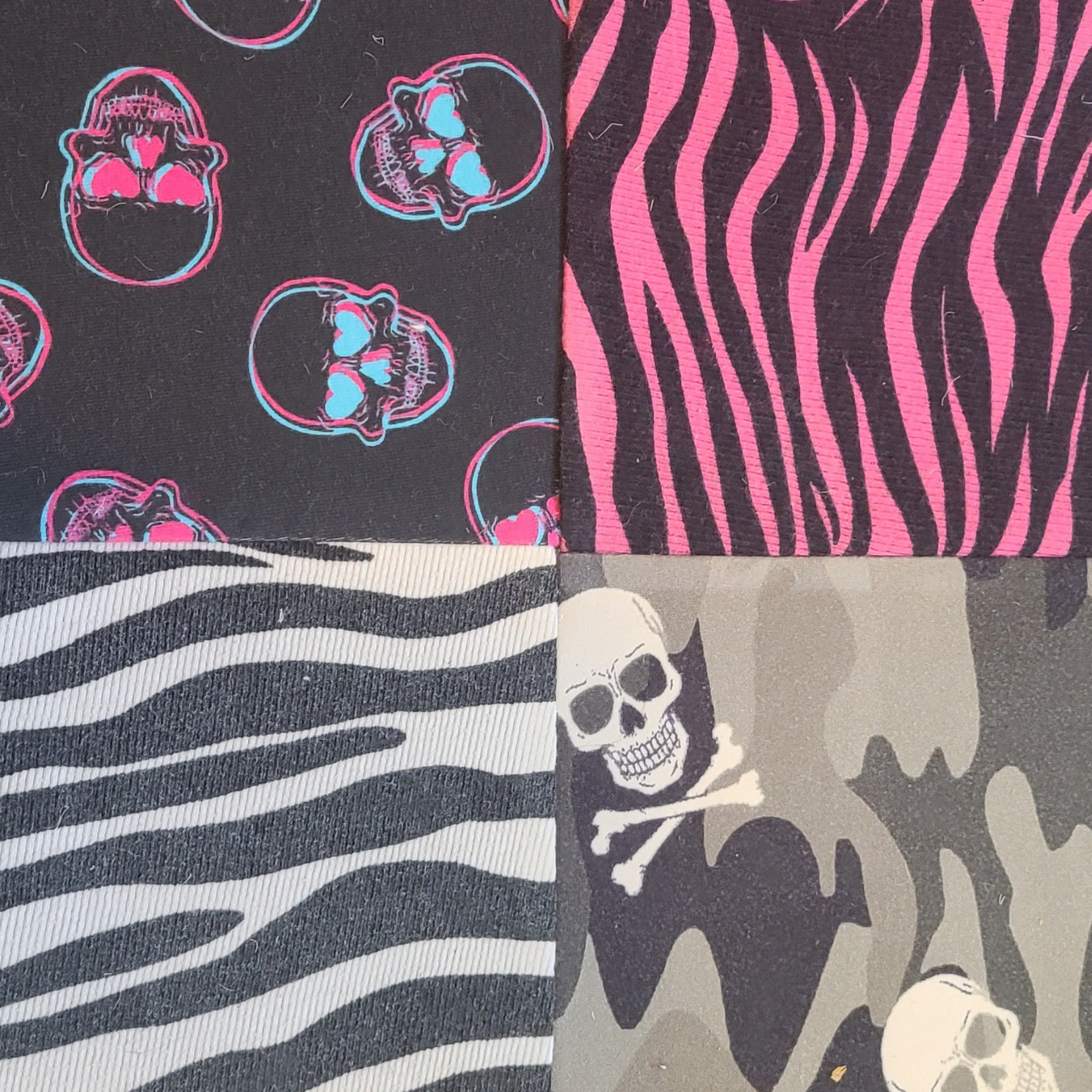
That’s it!
Use the same pressing technique for all subsequent four-patch blocks and spin the seams after you sew them together. Spinning seams results in a flatter quilt top that is easier to quilt. Have you ever used this method? I’m using it on a t-shirt quilt that I’m making right now.
-
Sale!
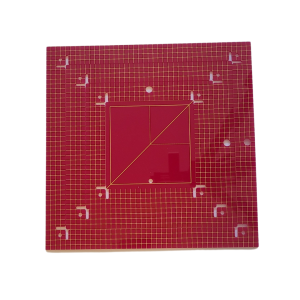
$44.95$34.95Rated 0 out of 5Square-Up Ruler Set
-
Sale!
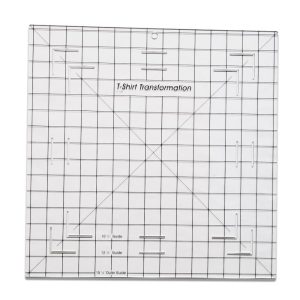
$34.95$24.95Rated 0 out of 5T-Shirt Quilt Ruler
-
Sale!
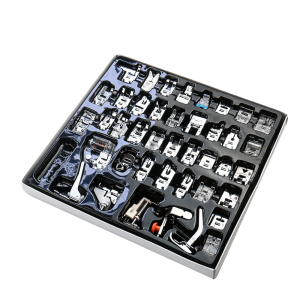
$49.95$39.95Rated 0 out of 5Sewing Machine Presser Foot Set - 42 Pieces
-
Sale!
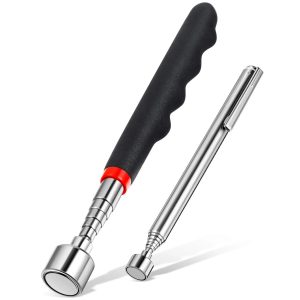
$19.95$14.95Rated 0 out of 5Telescoping Magnetic Pick-up Tool
-
Sale!
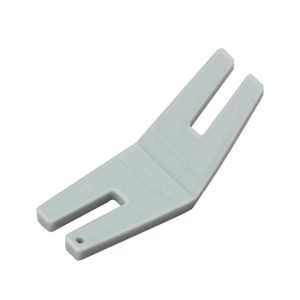
$19.95$12.95Rated 0 out of 5Bulky Seam Jumper Tool
-
Sale!
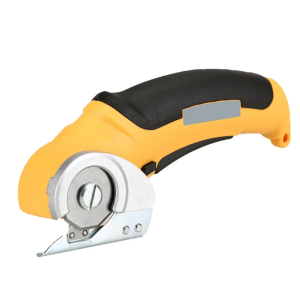
$39.95$29.95Rated 0 out of 5Cordless Electric Rotary Cutter for Fabric


